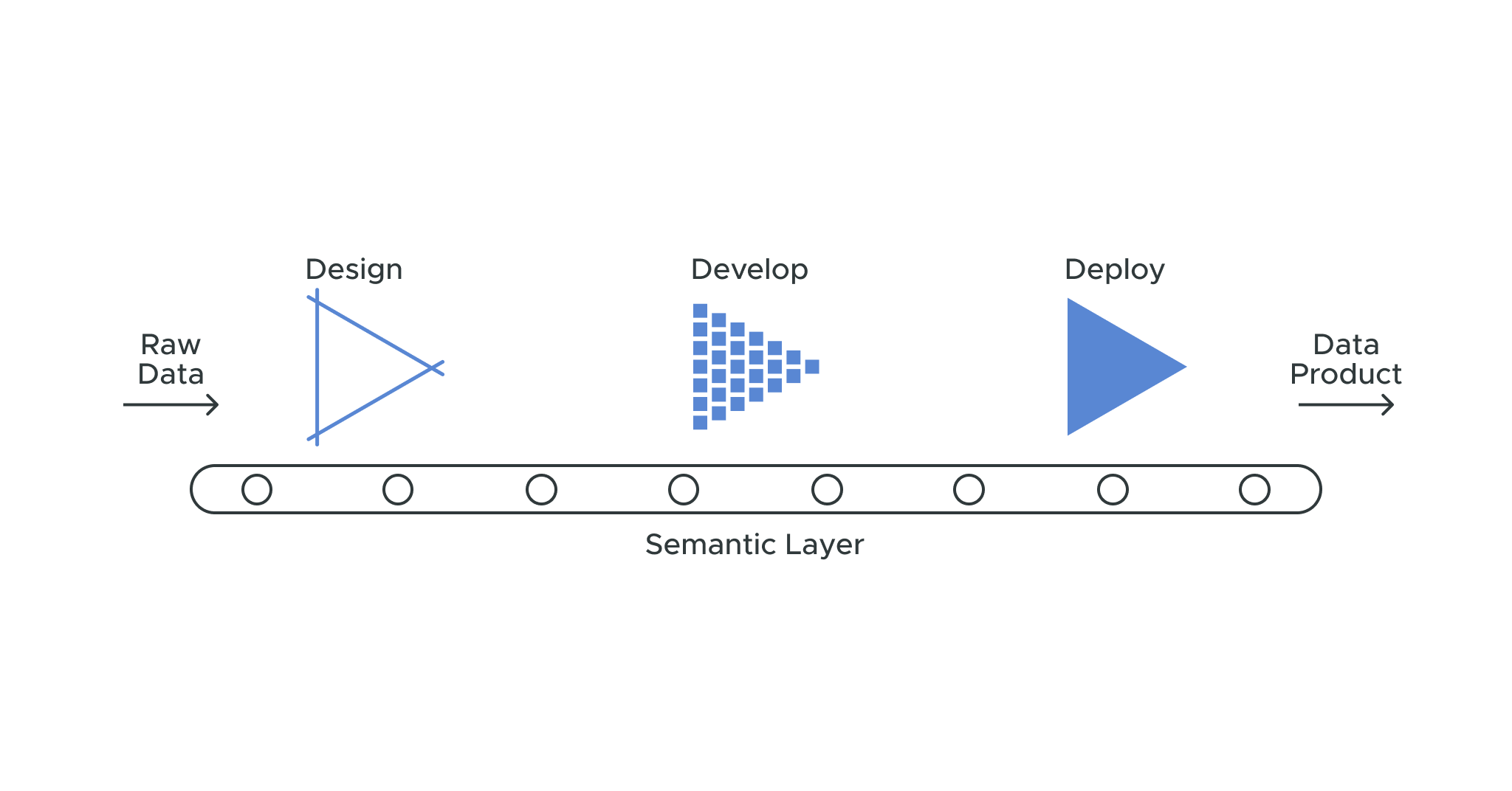
This blog is written by Vidhi Chugh, Staff Data Scientist at Walmart Global Tech. Vidhi is an award-winning AI/ML innovation leader who works at the intersection of data science,
product and research teams to deliver business value and insights. She carries over a decade of experience enabling data-driven solutions, and is a leading expert in data governance with a vision to build trustworthy AI solutions. Follow Vidhi on LinkedIn.
—
The days when data availability was the key distinguisher between leaders and laggards are long gone All modern organizations are necessarily data-driven – hence mere data availability no longer gives companies a competitive edge. What truly enables differentiated organizational capabilities now is how quickly data can be analyzed and converted into actionable insights.
But data operations (DataOps) can get pretty complicated when rapid digitization inundates teams with data – and far too much of it with little context. The cure-all for potential data headaches? The power of a semantic layer. The post shares how the semantic layer can streamline data operations and accelerate the creation of new data products.
Today’s rapid pace of digitalization enables meaningful business decisions based on data gathered from a variety of sources. These include enterprise applications, customer behavioral data, real-time systems as well as third-party sources. Enterprises leverage a range of BI and AI tools to interact with data assets and create data-driven insights.
But building and maintaining advanced solutions require multiple teams to collaborate and successfully productionize new data products that can be maintained and continually revised through feedback loops.
In this post, we’ll focus on the best practices and tools for monitoring and maintaining data products. We’ll also explain the role of the semantic layer in improving the product release cycle. This relieves data teams from much of the manual work that commonly drags focus away from real innovation.
DataOps Demystified
As more data products graduate from MVPs to production-ready applications, enterprises face challenges in effectively operationalizing and bringing data products into production. These issues give rise to DataOps techniques and approaches based on the DevOps principles that revolutionized modern software development.
But what exactly is DataOps? Gartner does a nice job defining it in a nutshell:
“DataOps is a collaborative data management practice focused on improving the communication, integration, and automation of data flows between data managers and data consumers across an organization. The goal of DataOps is to deliver value faster by creating predictable delivery and change management of data, data models, and related artifacts.”
The semantic layer accelerated the speed of data product development by enabling cross-functional team collaboration, expedited data outcome, and more efficient governance.
The Role of a Semantic Layer in Scaling Data Product Creation
Organizations are striving to build agile, but hardened, data pipelines to enable faster delivery of data products. A semantic layer accelerates these pipelines through three key phases of data product development:
1) Design
Many enterprises work in silos where different business units have their own definition of key metrics. In these cases, it is imperative to maintain a consistent business glossary so that the data is correctly input and interpreted, and its insights are put to the right use.
The semantic layer builds a common business glossary that data consumers can easily access creating a unified view of the data. It lays down this foundation of business and data understanding during application design.
The business metrics and objectives defined in the semantic layer propagate across different business units, ensuring easy and consistent data availability.
2) Development
In order for data pipelines to be streamlined and effective for modern business needs, certain guardrails must be built in. Ensuring data validation is a fundamental step in building a robust data pipeline. Security and access controls must also be built into data pipelines. User profile-based access control is more easily implemented at the semantic layer’s level.
It is critical during data product development to maintain communication between data engineers, data analysts, and business users. The semantic layer helps bridge the gap between the cross-functional teams to quickly and reliably produce intelligent software.
Another common challenge data teams face in development is spending considerable time unifying data from multiple streams. In these cases, teams often have to depend on domain experts to understand the data’s business context. The semantic layer not only unifies the view of data but also provides context-driven data understanding along with a single point of access to business-defined rules. These benefits reduce resource strain on data analytics teams and free them to take on more challenging, innovative data projects.
3) Deployment
The key challenge with the successful operationalization of these modern data products is gaining reliable access to high-quality data. The semantic layer preserves data quality, a critical pillar of building robust data-driven models. Good quality data means good quality decision-making and effective business outcomes.
Another major gap in building intelligent solutions stems from the lack of alignment between the business and analytics teams. The semantic layer empowers users across the entire enterprise by provisioning self-serve analytics – a capability essential to enabling non-tech business teams to participate in the data analysis. This collaboration between business and data teams leads to faster time for insights.
The core focus of DataOps is to ensure that the deployed models are well-maintained and monitored. A semantic layer enables better maintenance by providing a unified view of data models and authorizing smart data governance practices. By facilitating collaboration across teams and streamlining all three stages of an analytics project, a semantic layer allows DataOps to stay consistent, accurate, and productive while scaling up to greater heights.
SHARE
Case Study: Vodafone Portugal Modernizes Data Analytics